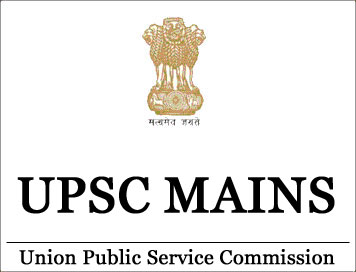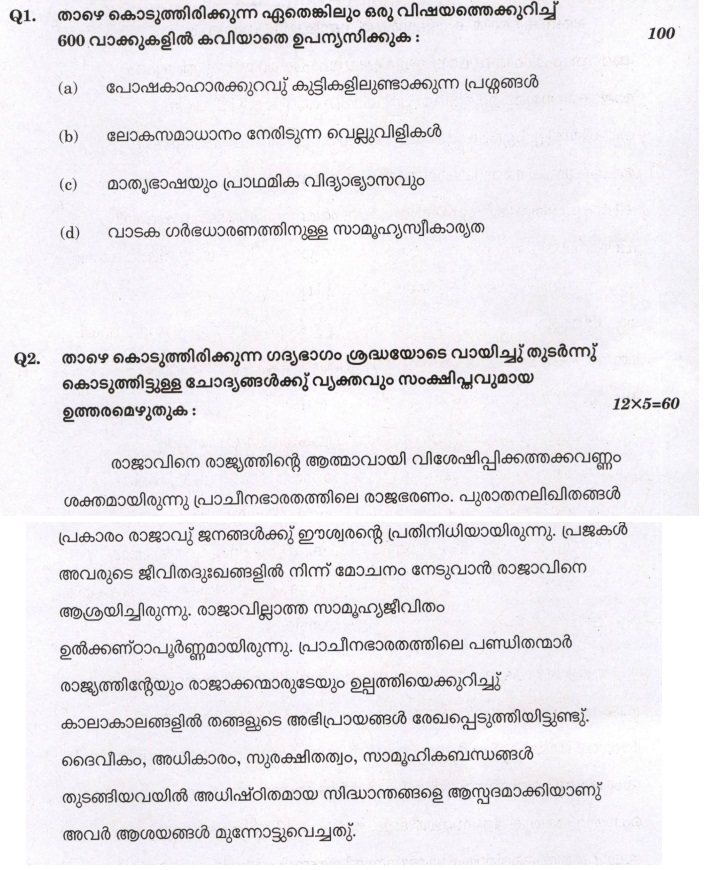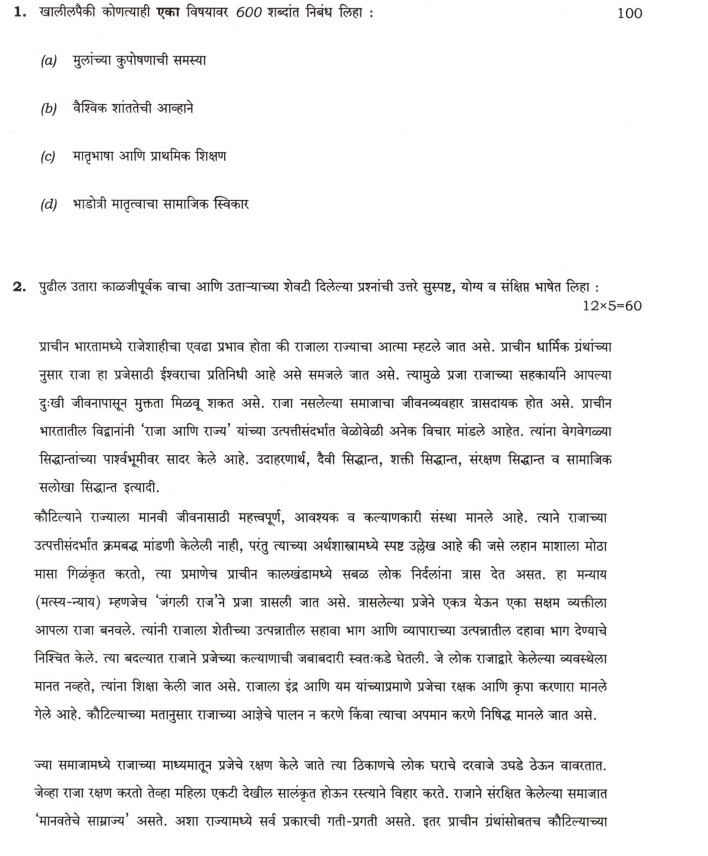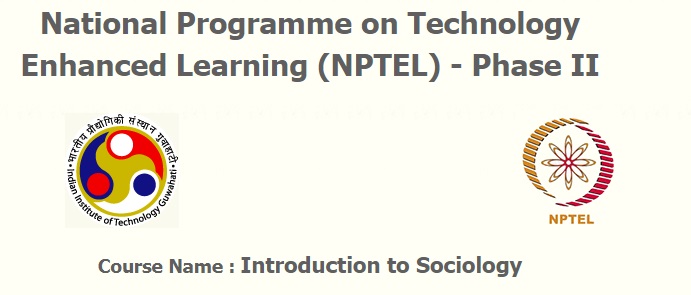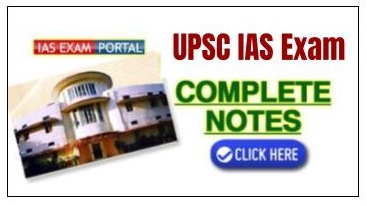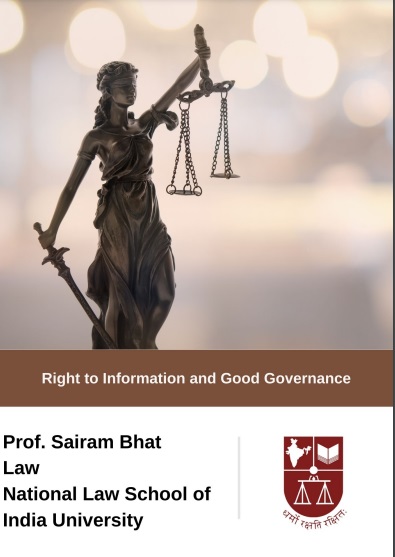
FREE E-book: Right to Information and Good Governance by Prof. Sairam Bhat, IIT Madras
-
Medium: English
-
E-BOOK NAME : Right to Information and Good Governance by Prof. Sairam Bhat PDF Download
-
Total Pages: 804+
-
PRICE: FREE
-
Hosting Charges: FREE (Limited Time Offer)
-
File Type: PDF File Download Link via Email
CONTENTS:
Week 1
1 Introduction to Transparency, Accountability and Good Governance - Part 01 1
2 Introduction to Transparency, Accountability and Good Governance - Part 02 10
3 India's Progress In Ensuring Transparency and Accountability 25
4 RTI and its contribution in strengthening Transparency and International Perspective on RTI Law 44
5 hronology of State RTI Laws in India and major Landmarks in RTI Journey 58
6 Chronology of State RTI Laws in India and major Landmarks in RTI Journey 71
7 Constituional and judicial perspective on RTI 82
8 Judical Activism and RTI 101
9 Judical Precedents, Reasonalbe Restricitions and Comparative perspective on RTI 121
10 Legislating the Right to Information: Background and Challenges 149
Week 2
11 Legislating the Right to Information: Background and Challenges -II 154
12 Legislating the Right to Information: Background and Challenges -III 157
13 Legislating the Right to Information: Background and Challenges -IV 159
14 Legislating the Right to Information: Background and Challenges -V 162
15 Legislating the Right to Information: Background and Challenges -VI 166
Week 3
16 Legislating the Right to Information: Background and Challenges -VII 169
17 Legislating the Right to Information: Background and Challenges -VIII 171
18 Legislating the Right to Information: Background and Challenges -IX 173
19 Salient Features of the RTI Act -I 178
20 Salient Features of the RTI Act -II 188
Week 4
21 Salient Features of the RTI Act -III 198
22 Salient Features of the RTI Act -IV 212
23 Salient Features of the RTI Act -V 228
24 Salient Features of the RTI Act -VI 253
Week 5
25 Salient Features of the RTI Act -VII 268
26 The Roles and Responsibilities of the Chief Information Commissioner -I 272
27 The Roles and Responsibilities of the Chief Information Commissioner -II 286
28 The Roles and Responsibilities of the Chief Information Commissioner -III 300
Week 6
29 Public Information Officers, Appeal & Internal Office Management for effective RTI Management system -I 303
30 Public Information Officers, Appeal & Internal Office Management for effective RTI Management system -II 315
31 Public Information Officers, Appeal & Internal Office Management for effective RTI Management system -III 343
32 Public Information Officers, Appeal & Internal Office Management for effective RTI Management system -IV 365
Week 7
33 Public Authority - I 383
34 Public Authority - II 391
35 Public Authority - III 397
36 Public Authority - IV 405
Week 8
37 Public Authority - V 410
38 Public Authority - VI 414
39 Public Authority - VII 421
40 Public Authority - VIII 424
41 Public Authority - IX 430
Week 9
42 Public Authority - X 433
43 Public Authority - XI 440
44 Public Authority - XII 445
45 Public Authority - XIII 451
46 Public Authority - XIV 454
Week 10
47 Exempted Information - I 479
48 Exempted Information - II 490
49 Exempted Information - III 493
50 Exempted Information - IV 506
51 Exempted Information - V 508
Week 11
52 Exempted Information - VI 512
53 Exempted Information - VII 516
54 Exempted Information - VIII 520
55 Exempted Information - IX 529
56 Exempted Information - X 535
57 Exempted Information - XI 539
58 Information Commissions under the RTI Act - I 551
59 Information Commissions under the RTI Act - II 566
60 Information Commissions under the RTI Act - III 570
61 Information Commissions under the RTI Act - IV 589
62 Information Commissions under the RTI Act - V 598
Week 12
63 Role of NGOs and Right to Information Act 608
64 RTI Act and Political Parties - I 622
65 RTI Act and Political Parties - II 636
66 Official Secrets Act & RTI 645
67 Whistleblowers Protection Act and Right to Information - I 662
68 Whistleblowers Protection Act and Right to Information - II 674
69 Whistleblowers Protection Act and Right to Information - III 687
70 Comparative Perspective on RTI Law - I 698
71 Comparative Perspective on RTI Law - II 717
72 Ecological Perspective of Right to Information 728
73 Victimization & Misuse of Right to Information 751
74 Landmark Judgements Under the RTI Act - I 767
75 Landmark Judgements Under the RTI Act - II 775




